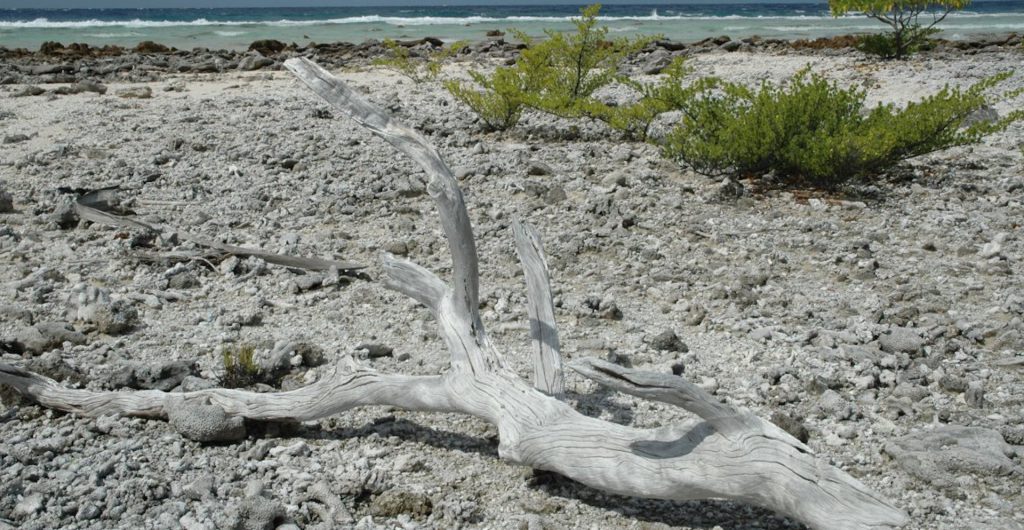A pocket of 23000 km2 located at – 3000 m bottom could contain billions of barrels of oil equivalent
A few weeks before the kick-off of the COP21, Ségolène Royale was forced to give a blank check on the search for fossil fuels.
Holders of exploration licenses valid until December 30, 2013, the Nigerian SOPETRO and the French-American Marex, have been waiting for almost two years for the extension of this authorization, as provided by the mining code.
The Mozambique Channel is attracting a lot of greed
Formalized to respond within one month by the Administrative Court of Saint-Denis Reunion, under penalty of 5 000 euros per day, the Ministry of Ecology – who pleaded so far non-emergency – finally executed. An order of 21 September extends the rights of both companies until 30 December 2018.
The companies, who feared to have a research permit reopened for which they had already invested 63 million euros, explained at the hearing of the administrative court that they now wanted to drill to verify the existence a pocket that could contain billions of barrels of oil equivalent, nearly “ten years of French consumption”, according to their lawyer. Sapetro and Marex say they want to invest 54 million euros more.
The Mozambique Channel is attracting a lot of attention. Between the Malagasy, Mozambican, Tanzanian and French waters, 21 oil companies have acquired prospecting rights for the last ten years. And these rights would only cover 30% of the study area.
On the five scattered islands of the Mozambique Channel and the Indian Ocean, Juan de Nova has a large oil field. If the calculations of the geologist and the first person in charge of the company MAREX, Robert Brittany, is confirmed, the reservoir that sleeps in Juan de Nova, is a pocket of 23 000 km2 and is 3 000 m deep at the bottom of the Juan de Nova Maritime Zone.
A major importance for saving birdlife worldwide
Juan de Nova is a crescent island with an area of 5 km2, protected by a vast lagoon and a coral reef that is home to the largest colony of sooty terns in the ocean. Indian. In 1953, the island produced 53,000 tons of guano – the excrement of seabirds and bats, used as fertilizer and which today serves as a basis for a renowned Malagasy company in fertilizer organic.
Like Europa and the other Scattered Islands, Juan de Nova is of major importance for saving birdlife worldwide.
Diplomatic disputes between France and Madagascar over Juan de Nova’s question
Located 150 kilometers from the west coast of Madagascar, the island was discovered in 1501 by the Portuguese Admiral Juan de Nova during his trip on the road to India. Attached to France, like Europa, Bassas da India and the Glorious Islands, it has been the subject of diplomatic disputes between Paris and Antananarivo for 40 years. The exclusive economic zone of Madagascar and that of France from these islands are super-positioned. The French decree emphasizes in its last line that an agreement with neighboring States should be made with regard to this delimitation. The question of restitution of the Scattered Islands, including Juan de Nova, should be addressed by the United Nations.
On 12 December 1979, the United Nations General Assembly adopted a resolution ordering France to return the Scattered Islands to Madagascar. The following year, in the absence of execution of the resolution, the same Assembly asked the French Government to enter into negotiations with the Malagasy Government with a view to finding a solution in conformity with the purposes and principles of the United Nations Charter…




